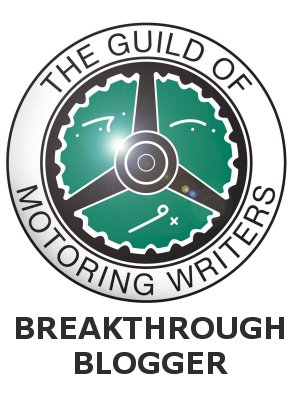The Department Of Transport has finally acknowledged that, for some drivers, signalling has become an unnecessary distraction while driving.

A premium saloon not using indicators, yesterday
For a long time drivers of a certain social standing have been too engaged in important activities to worry about signalling their intended movements to other drivers. While use of the flashing orange lights is considered an essential part of the Highway Code, for many drivers this is considerably less important than performing vital business functions while driving to urgent appointments and lunchtime rendezvous.
The Department Of Transport will now allow drivers to earn an exemption from this crucial but distracting part of road etiquette. Forming a new part of the driving examination, or available to existing drivers as a mini-exam, there will be three tests that must be passed in order to earn the exemption:
- Using Bluetooth, join a five-minute teleconference with at least three other people while driving. Wild arm gestures are optional, but if the driver looks in any of their mirrors during the conference call they will fail this part of the test. Use of indicators will also be classed as a failure.
- Program a satnav to a destination at least five miles away in the opposite direction of travel while driving along a busy dual carriageway. Any instructions given by the satnav must be followed immediately. Any sudden or unexpected lane changes must not be preceded by use of indicators, and speed must not drop below 77mph.
- Send and receive at least two text messages while driving through a city centre. A slalom course will be setup to simulate a typical urban environment, with T-junctions and dual carriageway, while random objects thrown into the road will represent pedestrians blindly walking out in front of the car. Speed must not drop below 47mph and signals must not be used at any time.
It is hoped that these changes to the driving test will enable important business persons to carry on with their jobs unimpeded and allow the economy to be dragged from the gutter. Less important drivers will be expected to continue the use of signals to ensure that, should they be paying attention, the very important exempted drivers will know the intended direction of movement.
However, drivers who have not earned the exemption will still be able to use their hazard warning lights if they are forced to park on double yellow lines. The use of hazard warning lights will continue to act as a barrier to prevent traffic wardens from placing a ticket on the car, no matter how inconveniently it is parked.






